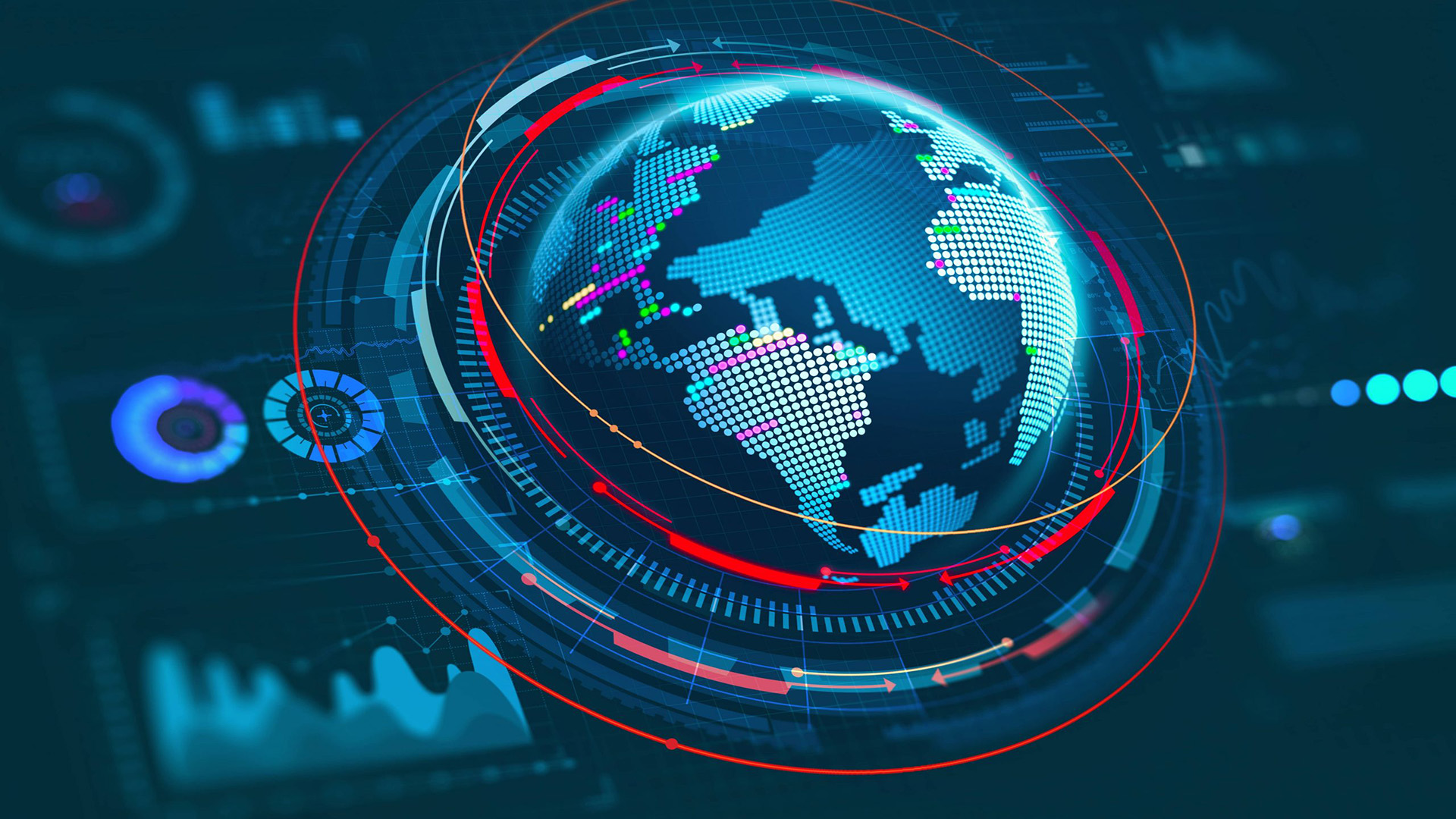Beyond the Firing Range: Virtual Reality and the Future of Policing's Toughest Calls
Share- Nishadil
- October 24, 2025
- 0 Comments
- 3 minutes read
- 25 Views

Inside the Virtual Beat: How VR is Training Cops for Split-Second Decisions
Police departments are increasingly turning to virtual reality to sharpen officers' split-second decision-making skills. This immersive training prepares them for high-stress scenarios without real-world risks, aiming to improve outcomes for both officers and communities.
The impossible choices, the fraction of a second that changes lives — it's the stark reality of policing, isn't it? How do we even begin to truly prepare officers for those moments? For decades, it's been the firing range, the simulated drills, but something truly transformative is now emerging: virtual reality.
And honestly, it’s not just a fancy gadget; it's a profound shift in how law enforcement is grappling with the intense psychological demands of the job.
Think about it: a traffic stop escalating, a domestic dispute turning violent, or – God forbid – an active shooter situation. These aren't just physically demanding; they're cognitive minefields, requiring officers to process torrents of information, assess threats, and make life-or-death judgments almost instantaneously.
The pressure, you could say, is immense. Traditional training, while vital, often struggles to fully replicate that gut-wrenching, adrenaline-soaked realism.
This is where virtual reality steps in, offering an incredibly immersive, consequence-free sandbox. We're talking about scenarios that feel disturbingly real – complete with realistic visuals, sounds, and even haptic feedback.
Officers can walk into a simulated convenience store robbery, a bustling school hallway, or a quiet suburban home responding to a welfare check, and experience the nuanced dynamics of human interaction and potential threat. They can try, fail, and learn, all without any real danger. It’s quite revolutionary, if you ask me.
The beauty here isn't just the simulation itself; it's the sheer breadth of situations that can be replicated and the focus on de-escalation.
Instead of just “shoot/don't shoot,” VR platforms — like those from companies such as Axon or Apex Officer — allow for a deeper dive into communication tactics, assessing body language, and even understanding the complexities of mental health crises. It’s about building a kind of 'muscle memory' for critical thinking, for remaining calm when chaos erupts.
And, yes, it also offers something real-world drills sometimes lack: immediate, detailed feedback, helping officers dissect their choices frame-by-frame.
And let's not overlook the practical side. Setting up live-action scenarios, especially complex ones with actors and prop weapons, is expensive, time-consuming, and resource-intensive.
VR? Well, it scales. It allows departments, even smaller ones, to provide consistent, high-quality training that can be customized to local contexts – reflecting specific community demographics or common local incidents. This means, in truth, more officers getting more frequent, relevant training.
Of course, no technology is a silver bullet.
VR training isn't meant to replace physical training, firearm proficiency, or real-world experience. It’s an invaluable addition, a tool designed to bridge the gap between classroom theory and the brutal unpredictability of the street. It’s about honing that crucial human element: judgment, empathy, and the capacity for calm, reasoned action when everything else screams panic.
So, as virtual reality continues its march into mainstream life, its role in preparing our police forces for their most challenging duties feels particularly significant.
It’s an investment, certainly, but one that promises not just better-trained officers, but, hopefully, better outcomes for everyone involved. A step forward, indeed, in a profession that so often demands the impossible.
.Disclaimer: This article was generated in part using artificial intelligence and may contain errors or omissions. The content is provided for informational purposes only and does not constitute professional advice. We makes no representations or warranties regarding its accuracy, completeness, or reliability. Readers are advised to verify the information independently before relying on






